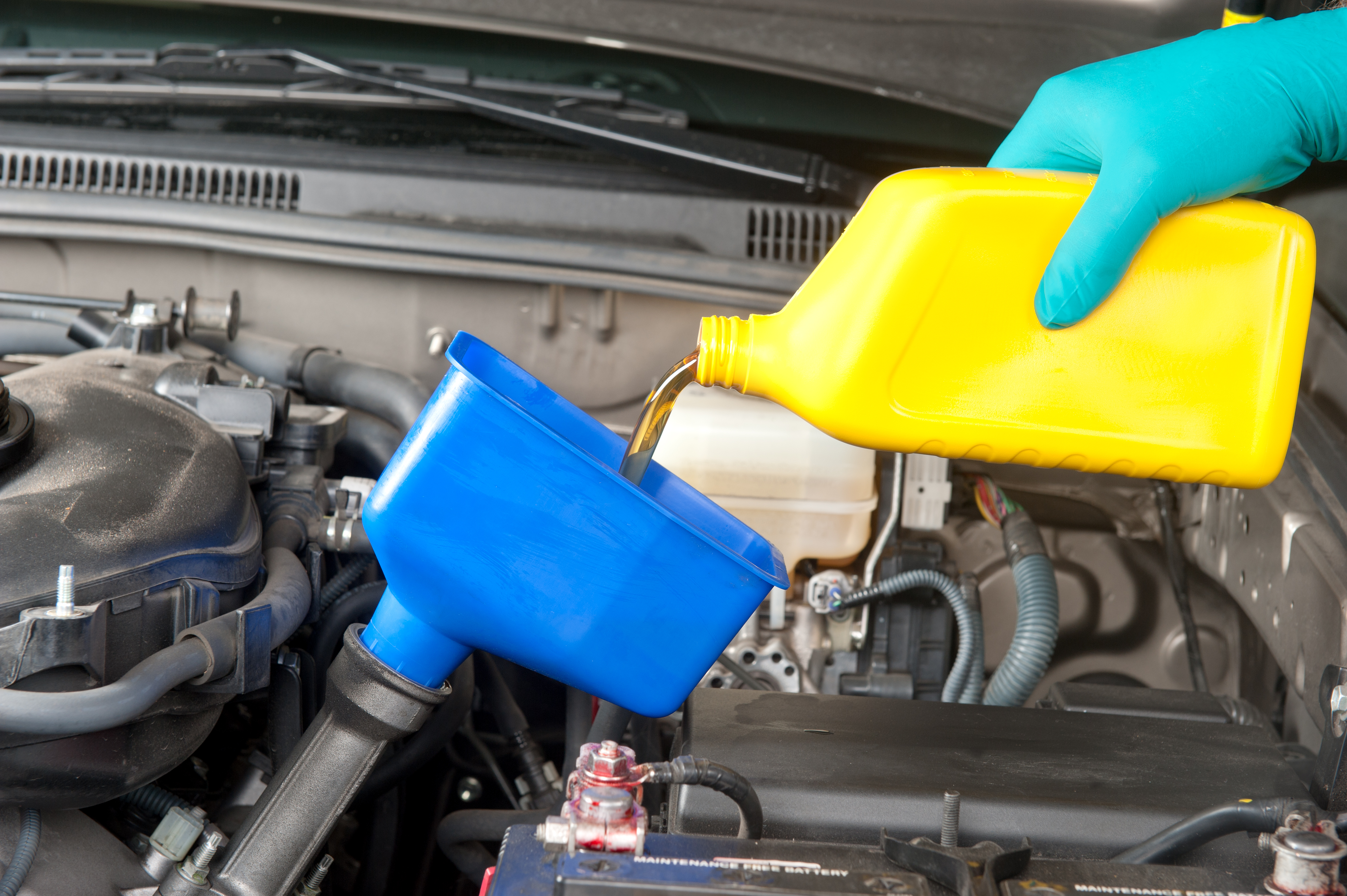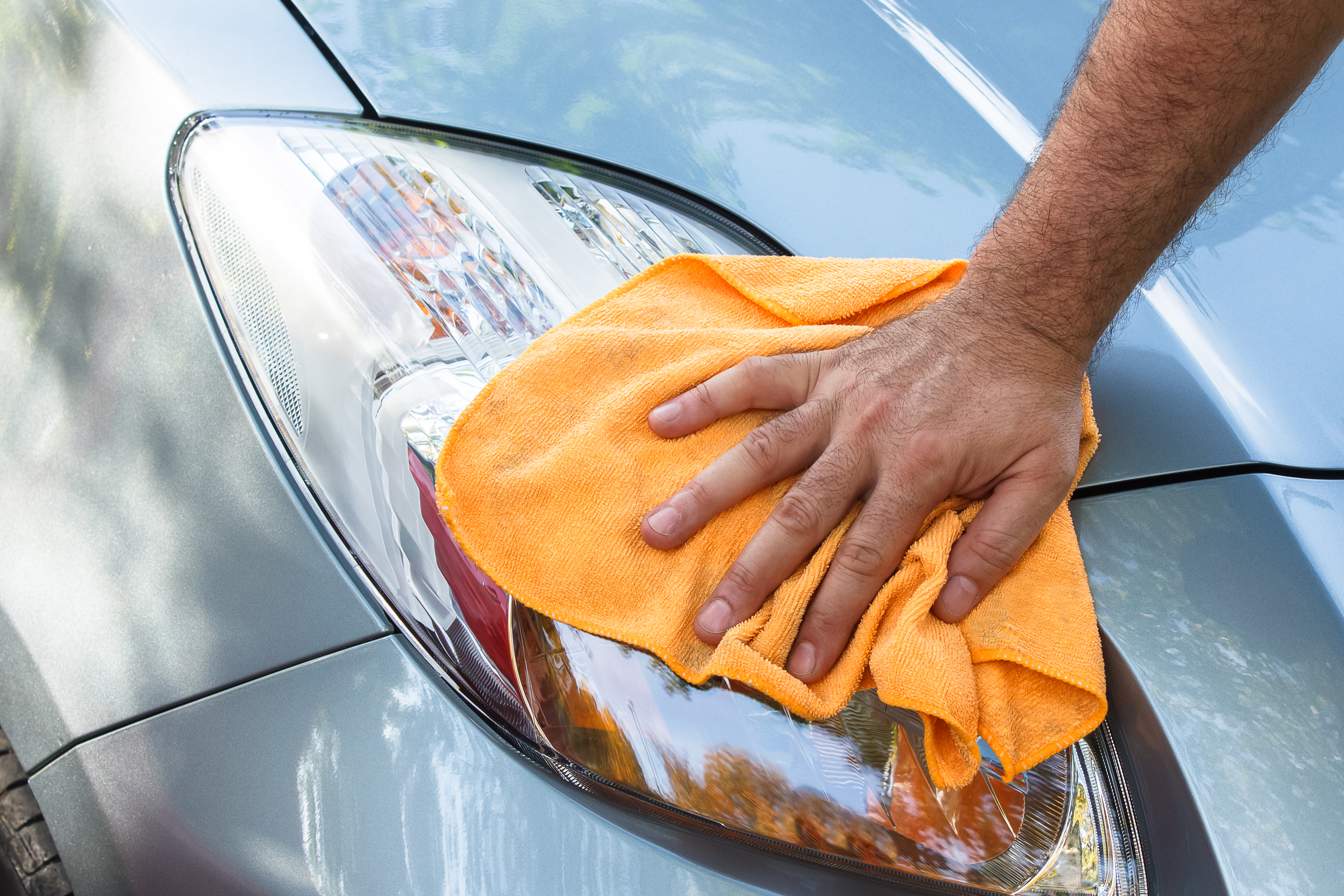Oils You Need To Change In Your Car

There’s a lot of things to think about when you’re a car owner and many maintenance requirements to make sure your car is running in tip-top shape. One of the most important things to keep an eye on for is your fluid levels in your vehicle.
While there are many different opinions on how and when to do this – but the best and safest bet is to always follow what the manufacturer says. You can find that information online or in your cars owner manual.
Motor Oil:
Checking your motor oil regularly is very important. Having a low level of oil is far worse than not meeting a regular interval change. Suggested intervals are 5,000 miles for synthetic blends and 10,000 miles for full synthetic. Many stick to the old rule of thumb that intervals of 3,000 miles for conventional oils and 5,000 miles for synthetics is the best. Biggest thing is to make sure the level isn’t low. Then, follow the manufacturer advice.
Transmission oil:
This is where things get trickier because different vehicles require different types of transmission fluid. No matter what, though, don’t have this performed at a quick lube shop. A bad job can ruin a transmission. Some transmissions need regular maintenance and others are supposedly “lifetime fill” and can go between 150,000 miles between oil changes. When in doubt, check your manufacturer and always listen to them.
Coolant:
This oil is often overlooked when it comes to the maintenance regime. When coolant gets old, it’s pH changes, which can damage engine parts, gaskets and seals. Having the coolant flushed and changed every three years is a good idea. New vehicles vary, but check the coolant pH with a kit every time you get the oil changed.
Brake fluid:
This fluid is important as well. To keep it from boiling at the high temperatures created by hot brakes, brake fluid will absorb moisture. When brake fluid contains moisture, it will boil. It is corrosive and will turn reddish brown when left in the system for too long. Rule of thumb is to get the brake fluid changed every 2 years, but there are strips available for reading copper content in the fluid. If you’re replacing brakes, go ahead and get the fluid flushed. Every manufacturer has a specific procedure on how this needs to be done.
Power steering fluid:
Some vehicles don’t even have to worry about this. Generally, every 3 years or 30,000 miles this needs to be replaced. However, every manufacturer has different specifications to the interval and type of fluid.
So – that being said, CHECK WITH YOUR MANUFACTURER. Allows follow their recommendations. Newer vehicles usually have more specific requirements. One size does not fit all, and quick lube shops usually operate that way. Give your car the best and you’ll get the best performance and longevity out of it.
Quick Money Savings Tip For Safe Drivers
There are dozens of auto insurers – Which one will give you the best rate?
Step 1) Choose your vehicle make below.
Step 2) On the next page, complete the 4 minute questionnaire, and you'll have the opportunity compare the best rates in your area.
Step 3) Keep more money and possibly save hundreds!










